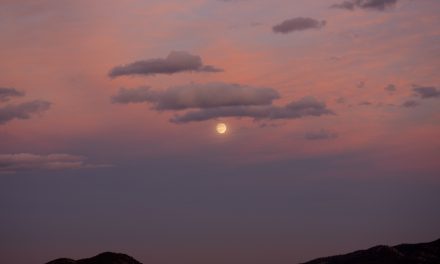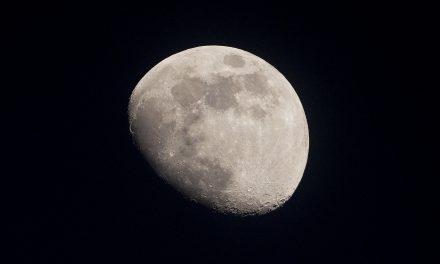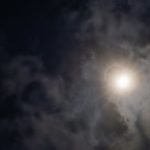Blog
Betelgeuse is ChangingSomething interesting is going on in the Great Hunter Orion this season. Perhaps you’ve noticed that the star of the hunter’s right shoulder is dimmer than the last time it swung through the frozen skies and the dimmest in more than a century.
Normally, Betelgeuse — really pronounced ‘beetle-juice’ — is among the 10 brightest stars in the sky. The red giant star began dimming in October, according to astronomers and by mid-December, Betelgeuse wasn’t even among the top 20 brightest stars. The dimming of Betelgeuse isn’t all that unusual for a variable star like Betelgeuse. The shifts in brightness have been studied for more than a century. But for it to dim so quickly has astronomers excited for the next chapter in the life of the red giant.
Betelgeuse is a massive star. If it were placed in the center of our solar system, it would engulf Mercury, Venus, Earth, Mars, the entire asteroid belt and probably Jupiter. Huge, red stars like Betelgeuse burn hydrogen fast and furious and they die violently exploding in spectacular cosmic events called supernovae. A supernova explosion can briefly shine brighter than an entire galaxy. And while Betelgeuse is only about 8.5 million years old, astronomers know it’s nearing the end of its life. Which may explain the dimming.
What will happen to us if Betelgeuse blasts its guts starward? Nothing. Betelgeuse is close by astronomical standards; just 640 light-years away, but the explosion will simply shine brightly in our skies…enough to cast shadows at night. Astronomers calculate it would take about 6 million years for any splattered star guts and radiation to reach Earth and our Sun’s protective bubble will shield us from harm.
The month starts off with a fairly good meteor shower. The Quadrantids peak January 3 and 4th and with a first quarter moon setting before midnight, the sky will be dark for this shower. The Full Wolf Moon occurs on January 10th. Mercury is briefly visible in the evening sky along with Venus and Saturn. Mars rises just before sunrise throughout the month. Jupiter is too close to the Sun to be seen this month.















